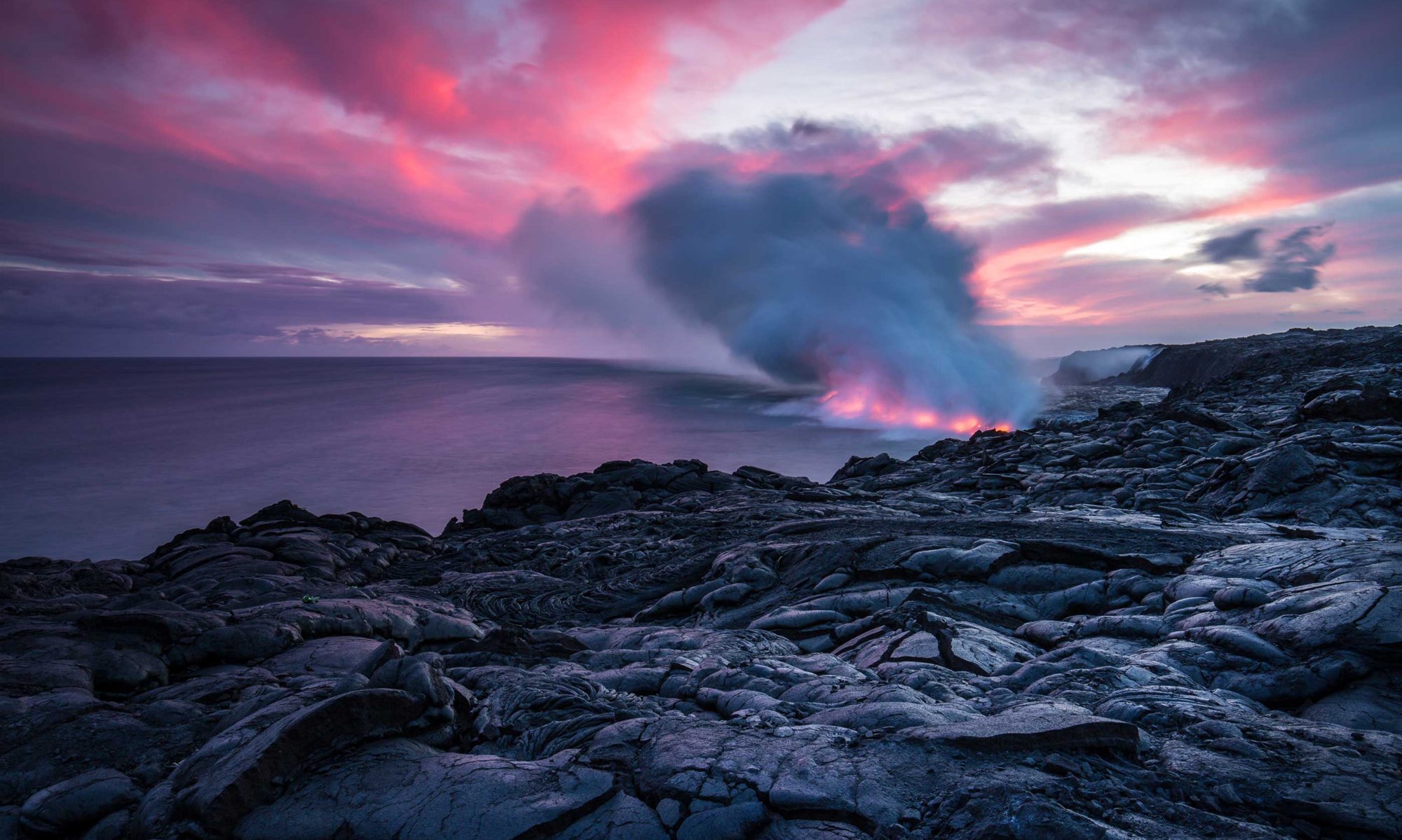All around the Arctic circle, the tree line is moving north as the climate warms. In Norway, birch and pine are moving poleward. In Alaska, spruce are taking over from lichen and moss. Globally, current research indicates forests are expanding along two-thirds of Earth’s 12,000 kilometer long northern tree line.
Continue reading “Tree line moving north”Vast reservoir under ice in Antarctica
Antarctica has a huge amount of water beneath its surface. Researchers have long suspected that there might be groundwater beneath the ice, but until now there was no conclusive evidence to confirm this.
Continue reading “Vast reservoir under ice in Antarctica”ML and gravity to detect earthquakes
Massive earthquakes don’t just shake the earth – they make speed of light adjustments to the Earth’s gravitational field. Researchers have now trained computers to identify these tiny gravitational signals and to mark the location and size of a strong quake almost instantly.
Continue reading “ML and gravity to detect earthquakes”Marsh plant carbon capture
Human activities such as marsh draining for agriculture and logging are increasingly consuming saltwater and freshwater wetlands. These important areas cover only 1% of Earth’s surface but store more than 20% of all the climate warming carbon dioxide absorbed by ecosystems worldwide.
Continue reading “Marsh plant carbon capture”Record Amazon deforestation
Deforestation in the Amazon rose to record levels for the month of April, nearly doubling the area of forest removed in that month last year.
Continue reading “Record Amazon deforestation”Water cycle accelerating
Researchers at the Institut de Ciencies del Mar in Barcelona have discovered that global warming is accelerating the water cycle, which could have serious consequences on the global climate system.
Continue reading “Water cycle accelerating”Boreal forest carbon storage
Wildfires in the expansive forests of Canada, Europe and the far Northern US could release an enormous amount of greenhouse gases between now and 2050, putting the world’s climate goals at risk.
Continue reading “Boreal forest carbon storage”Ozone heating the planet
According to new research, ozone may be a more significant greenhouse gas than previously thought. Changes in ozone levels in the upper and lower atmosphere were found to be responsible for nearly a third of the warming seen in ocean waters bordering Antarctica in the last half of the twentieth century.
Continue reading “Ozone heating the planet”Accelerating ocean currents
A team of researchers at Scripps Institution of Oceanography at UC San Diego used computer simulations to show that climate change is altering the workings of surface ocean circulations, making them become faster and thinner.
Continue reading “Accelerating ocean currents”Outdated climate models
Instead of using climate models coded in Fortran in the 1960s and 70s, MIT decided that there was no saving the ancient code and to start from scratch.
Continue reading “Outdated climate models”
